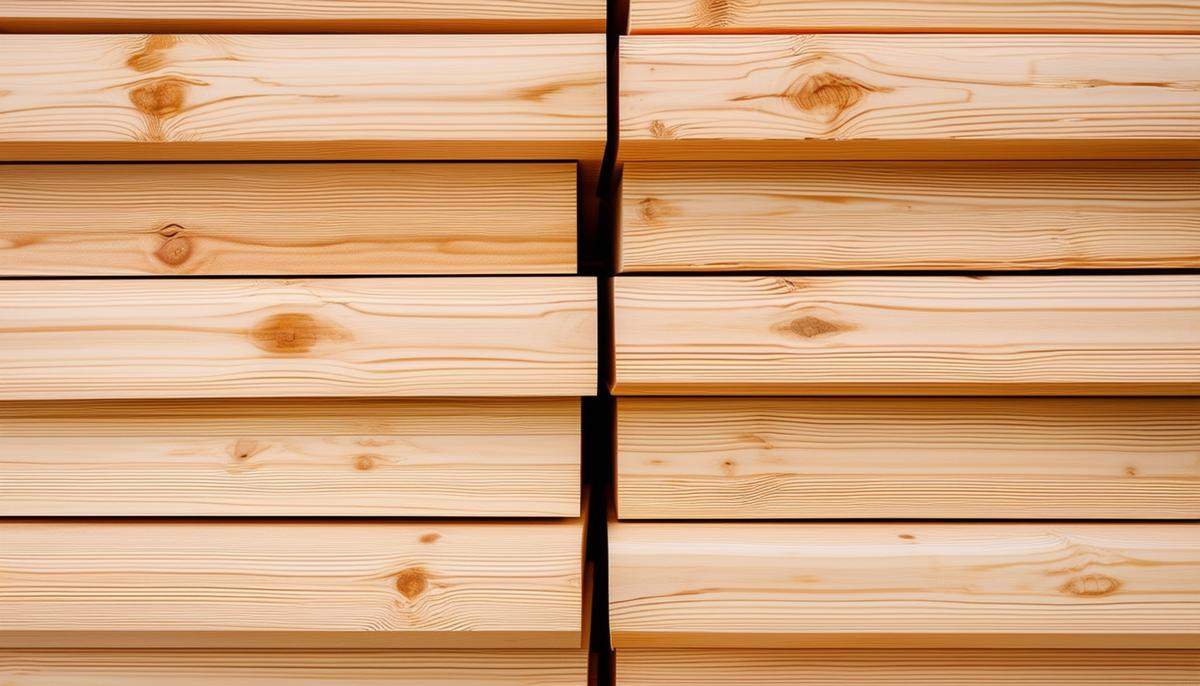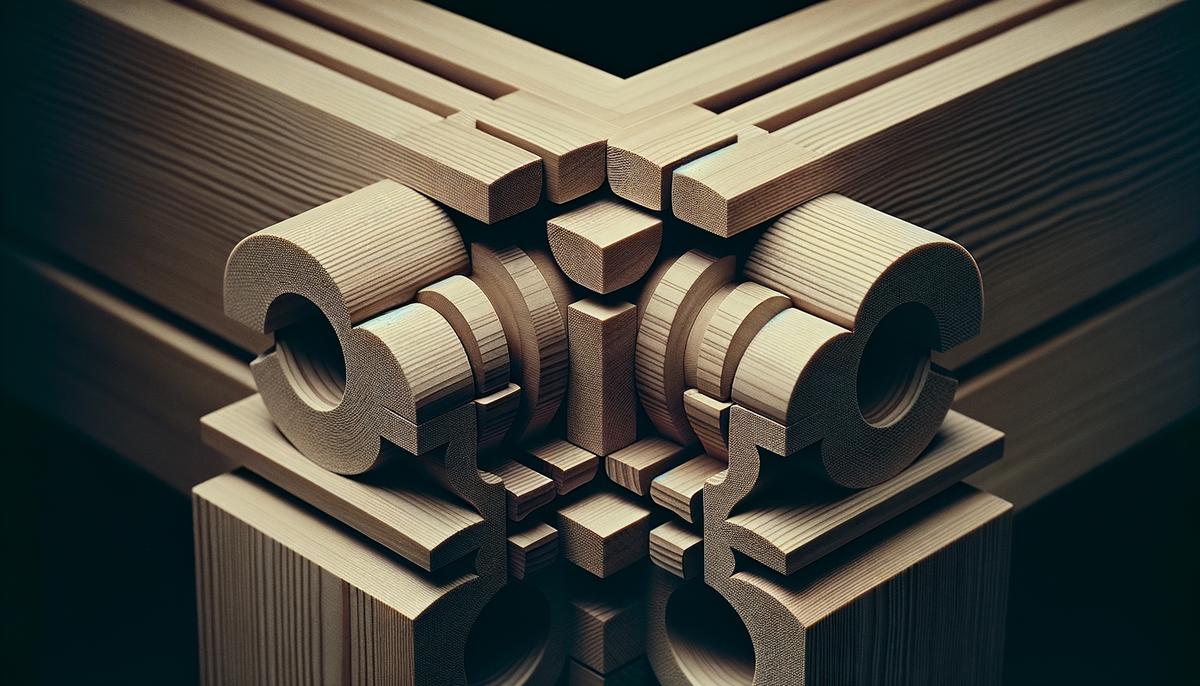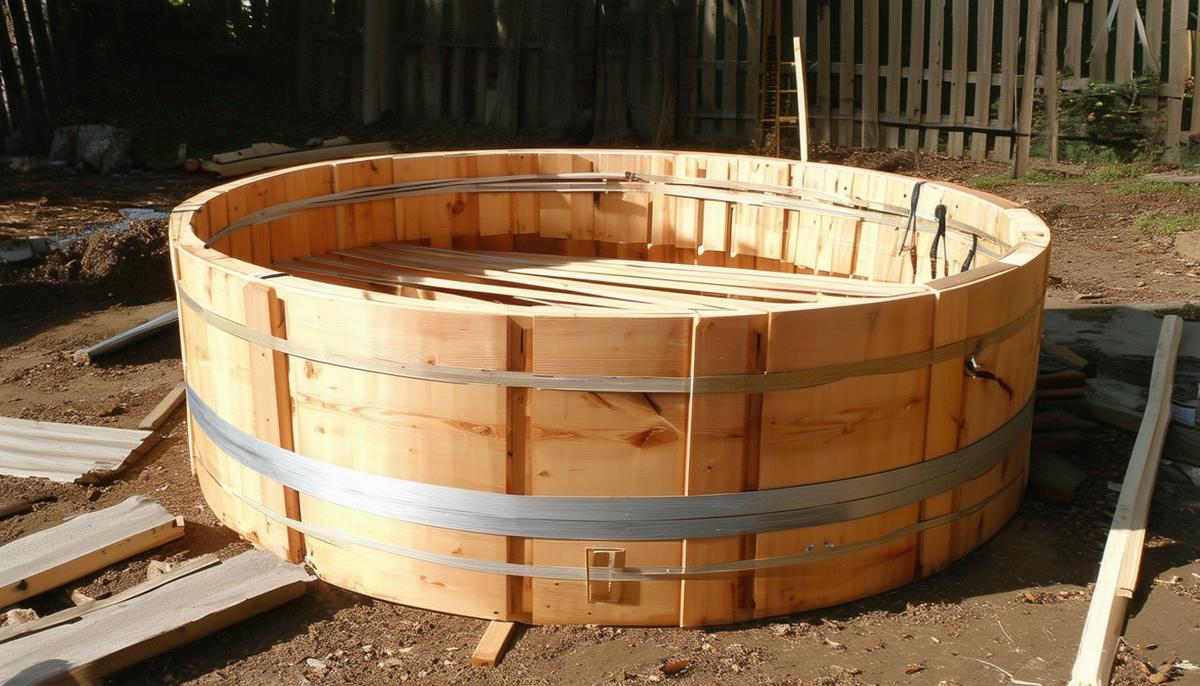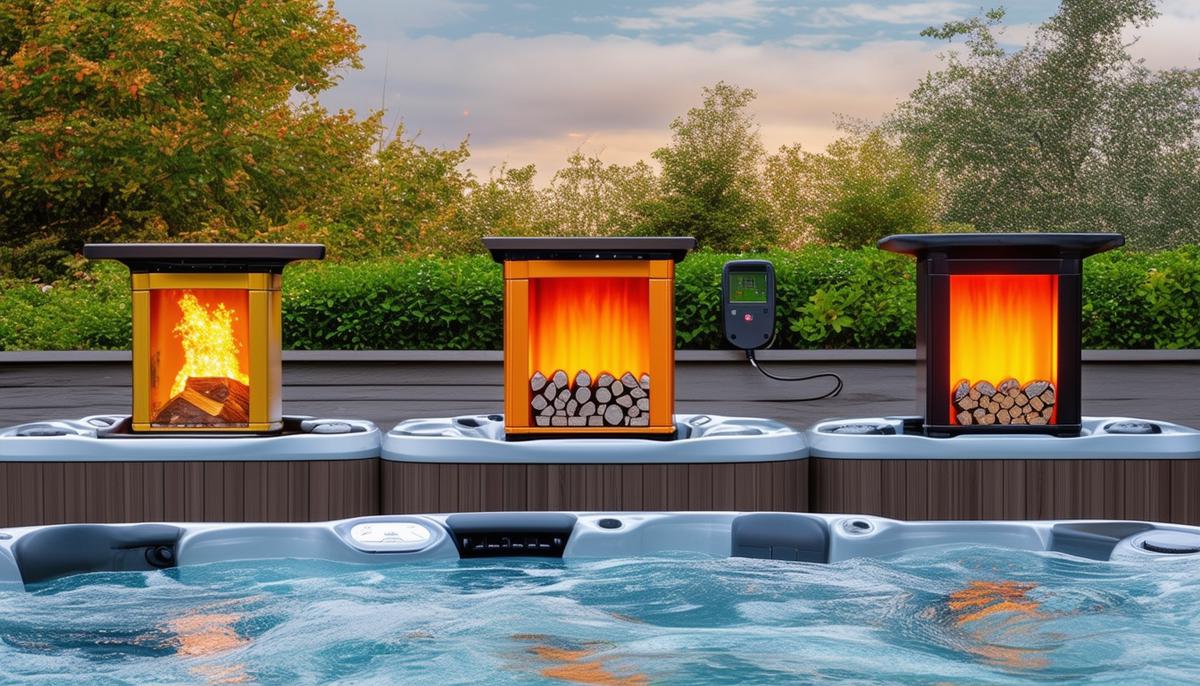Choosing the Right Wood
Cedar is the top choice for wooden hot tubs due to its natural rot and pest resistance. Aim for clear-grade cedar to avoid knots that can cause leaks. If cedar's price is too steep, alternatives like larch or oak can work but have drawbacks:
- Larch resists decay but lacks cedar's bug-repelling properties
- Oak is strong but prone to warping
When selecting wood, inspect planks carefully for straightness and minimal knots. If possible, ask the lumber yard if you can sort through their stock to find the best pieces. Second-grade cedar is an option to save money, but it may sacrifice some aesthetics and longevity. Proper sealing and maintenance can help extend its lifespan.
Remember, careful handling and precise joinery are crucial regardless of wood choice. Building a wooden hot tub requires both craftsmanship and attention to detail.

Cutting and Joining Staves
Crafting staves for your hot tub demands precision. Each vertical piece must be cut at an exact angle to ensure a snug fit. Accuracy here is crucial for structural integrity and preventing leaks.
Bead and cove joinery is key for connecting staves. This technique creates interlocking pieces that keep water inside the tub. You'll need to carefully router each stave to form the bead (rounded protrusion) and cove (groove) for a perfect fit.
This process requires patience and the right tools. Take your time to ensure each stave aligns correctly, forming a seamless circle. The result will be a well-crafted wooden retreat ready for relaxing soaks.

Assembly and Clamping
- Position the tub floor on a level surface
- Carefully place each stave around the floor, gently tapping them into place with a soft mallet
- Aim for a snug, seamless fit between staves
- Secure the structure with cable tension bands slightly above and below the tub's midpoint
- Use turnbuckles to adjust tension evenly, tightening gradually around the circumference
Throughout assembly, check for proper alignment and stability. Make adjustments as needed to ensure your tub is circular and sturdy. With the final stave in place and bands tightened, you'll have a well-crafted oasis ready for use.

Heating Options
Choosing a heating system for your wooden hot tub depends on your preferences and available resources.
| Heating Type | Pros | Cons |
|---|---|---|
| Wood-fired | Rustic charm, great for off-grid locations | Requires more hands-on attention |
| Electric | Convenient, precise temperature control | May increase utility bills |
| Gas | Rapid, powerful heating | Requires professional installation |
Consider your utility access, desired level of involvement, and budget when selecting a heating option. Each choice offers a unique way to enjoy your wooden hot tub.

Crafting a wooden hot tub balances material selection with precise construction. Every step contributes to creating a durable, relaxing retreat. The average cost of building your own wooden hot tub ranges from $2,000 to $3,000, significantly less than many store-bought options.1
- Carlson G. Personal interview. 2023.
